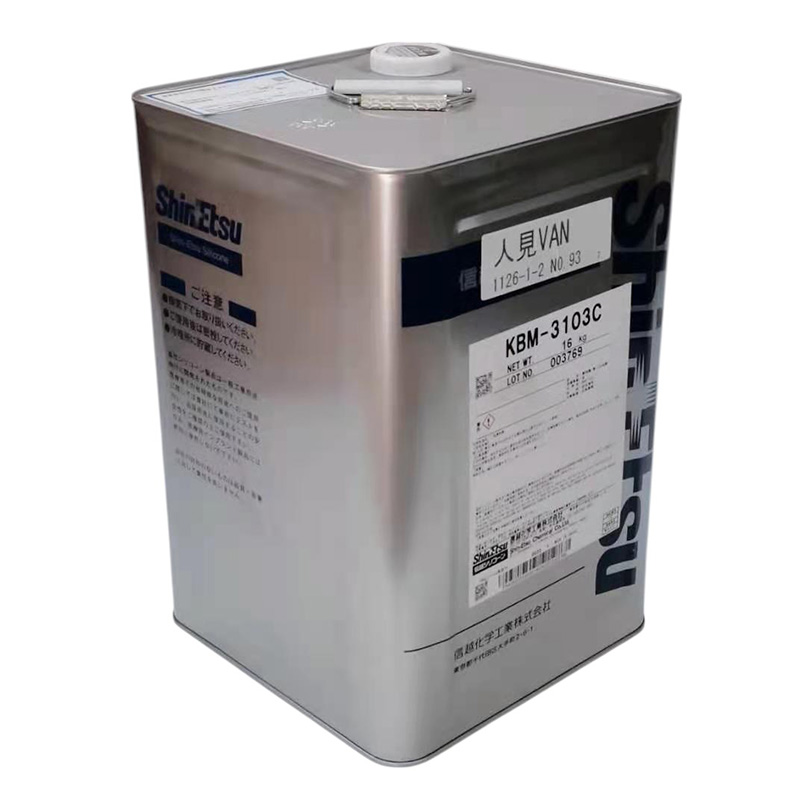How Do Silane Coupling Agents Work?
Silane Coupling Agents are versatile additives designed to improve the adhesion between organic polymers and inorganic materials such as glass, metal, or minerals. By creating a chemical bridge at the interface, they enhance durability, mechanical strength, and resistance to environmental stress. Products like ShinEtsu kbm-3103c and ShinEtsu KBM-403 demonstrate how different silane functionalities—amino and epoxy groups—deliver tailored performance in specific applications.
Table of Contents
The Mechanism of Silane Coupling Agents
Silane molecules generally have two types of reactive groups:
Hydrolyzable Alkoxy Groups
These groups react with moisture and form silanol (Si–OH). Once generated, silanol bonds strongly with hydroxyl groups present on surfaces like glass, silica, or metal oxides, creating a stable inorganic–silicon linkage.Organofunctional Groups
On the other side of the silane molecule, functional groups such as amino or epoxy interact with organic resins like epoxy, polyurethane, or polyester. This interaction can occur via covalent bonding, hydrogen bonding, or other chemical reactions.
This dual reactivity allows silanes to act as a "molecular connector," binding the inorganic surface to the organic matrix.
How KBM-3103C Works (Amino Silane)
shinetsu kbm-3103c is an amino-functional silane coupling agent used for the surface treatment of fillers, glass fibers, and inorganic powders. Its amino group reacts readily with thermosetting resins like epoxy and phenolic, creating strong bonds with polymer chains. Meanwhile, its silanol group anchors firmly to the inorganic surface. The result is enhanced mechanical strength, improved electrical insulation, and resistance to moisture penetration in composite materials.
How KBM-403 Works (Epoxy Silane)
ShinEtsu KBM-403 is an epoxy-functional silane ideal for coatings, adhesives, and electronic materials. The epoxy group forms covalent bonds with curing agents or resin backbones, while the silanol group bonds to inorganic substrates. This combination enhances adhesion, reduces delamination risk, and increases thermal and chemical stability. In Electronics, KBM-403 is particularly valued for improving coating performance and protecting sensitive circuits from environmental stress.
Performance Benefits in Applications
Improved Adhesion: Stronger bonds between resins and inorganic materials such as glass or metal.
Moisture Resistance: Reduced water absorption leads to longer service life in coatings and composites.
Mechanical Strength: Enhanced tensile and flexural strength in reinforced plastics.
Thermal and Chemical Stability: Increased durability under harsh operating conditions.
Electrical Performance: Stable dielectric properties in electronic coatings and encapsulants.
Conclusion
Silane coupling agents work by forming chemical bridges between two otherwise incompatible materials—organic polymers and inorganic surfaces. ShinEtsu KBM-3103C (amino silane) strengthens fiber-reinforced composites, while ShinEtsu KBM-403 (epoxy silane) enhances coatings and electronic materials. By selecting the right silane, industries can achieve superior adhesion, durability, and performance in demanding applications.




